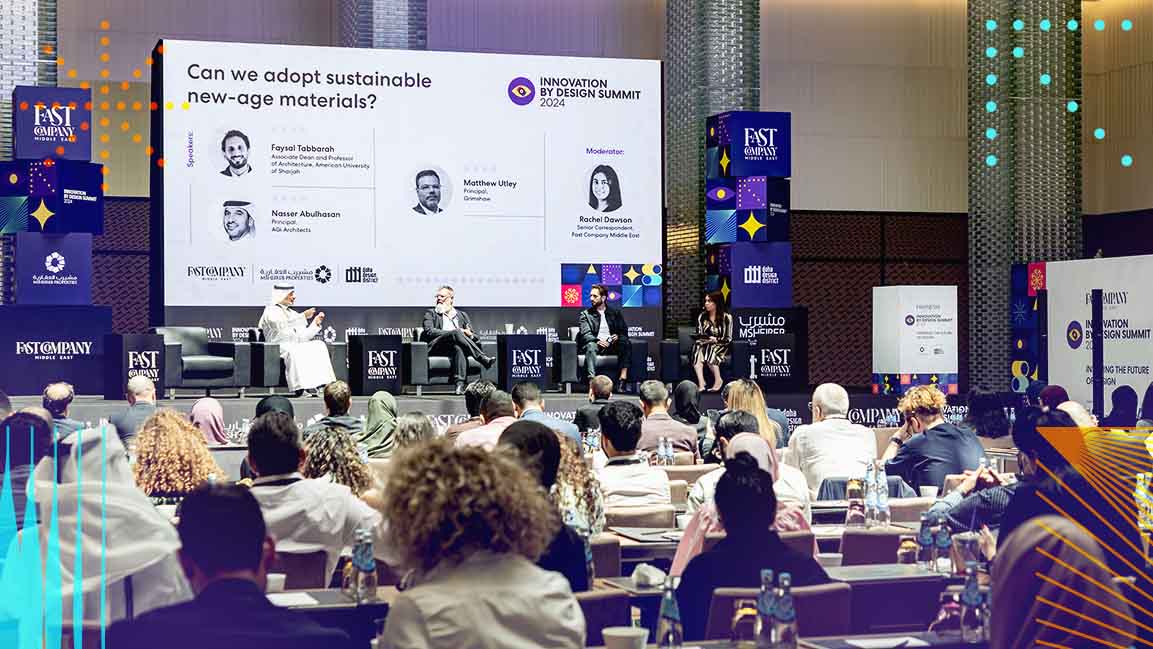- | 9:00 am
Would you eat a python? It may be the sustainable food of the future
Unlike mammals and birds, pythons require little food and water and focus almost all their energy on growth.

Would you eat a python? Why researchers say it may be the sustainable food of the future.
Humans may well have an evolutionary fear of snakes. And even though it’s relatively rare, we likely think of pythons swallowing people whole. But sometime in the future, the very opposite may be true.
Australian scientists found that pythons could be a sustainable food source for humans, as natural resources dwindle and a volatile climate threatens traditional farming. Compared to typical livestock, pythons expend much less energy, use little water and land, and grow with little food. In regions where populations need cheap, protein-rich sustenance, the slithery constrictors could be a reliable form of food security.
Conservationist biologists from Sydney’s Macquarie University studying wild snakes witnessed just how fast pythons grew. Over a year, the team tracked pythons at two farms in Thailand and Vietnam, where tens of thousands of reticulated and Burmese pythons are already farmed for food. They fed them a variety of food—all in sausage form—and measured their weight throughout the process.
They found that pythons were incredibly efficient at processing food into protein weight, reaching slaughter size within a year of hatching. Crucially, they did so while expending very little energy. While warm-blooded animals, like cows and chickens, can spend 90% of their energy maintaining a constant body temperature, moving, and practicing social behaviors, cold-blooded pythons allocate all that energy into growth. “If you gave a snake enough food, it would sit in a hole for its entire life,” says Dan Natusch, the lead author. “There’s almost no energy needed to rear them.”
They have other sustainable qualities. They use little land, as they’re kept in small cages or enclosures, which also makes the model inexpensive and scalable. They require hardly any water, surviving off the dew that settles on their scales.
They can subsist on a variety of cheap meats, including waste from traditional farming. During the study, the pythons ate fish cuts, chicken heads from poultry farms, and stillborn piglets from pork farms, all processed into sausages. Others raised on rice paddies or maize farms may subsist on vermin like rats, which also helps eliminate those pests.
Relying on feedstock from animal farming may be inherently unsustainable. But the team is starting to research if pythons, famously carnivores, could also eat plants. In the study, they put small amounts of soy and vegetables inside the sausages, which they gobbled up quite happily.
Snake farming could be a model for food security in certain areas, including Southeast Asia, where python farming for food is already well established, but also Sub-Saharan Africa and parts of Central America. These are poor areas with high levels of protein deficiency, and pythons are extremely high in protein. Other parts of the python are also useful byproducts: skin for leather, fat for oil, and the gall bladder for medicinal bile.
Many developing nations are also suffering the brunt of climate change, including droughts, which are killing off livestock. Pythons are comparatively resilient, going for long periods without eating at all. The scientists found that the snakes that didn’t eat for four months only lost 0.004% of their body mass.
This isn’t to say the model will work everywhere. “You’re not going to do it in Wisconsin or in New York,” Natusch says; in colder climates, heating up the snakes’ enclosures would use more energy than it was worth. It would also be harder in the West due to a general aversion to eating reptiles. That’s not to say diversifying palates is impossible. In Florida, where pythons are an invasive species, there are already efforts to put them on the menu.
Natusch says he has tried python himself, many times. “You’ve got to practice what you preach,” he says. It’s a lean, white meat, which can be tough like calamari and flavorless like chicken breast. “It’s a bland meat, I’m not going to oversell it,” Natusch says. But it’s versatile, and can be tasty if cooked right; he’s had it barbecued on satay skewers, in curries, and dried as biltong.
And it’s more similar to what we’re used to than some other sustainable options being touted. “It’s not one of those wacky things like crickets,” Natusch says. “I’m personally not going to chuck away my T-bone to crunch through the legs of little bugs.”








































